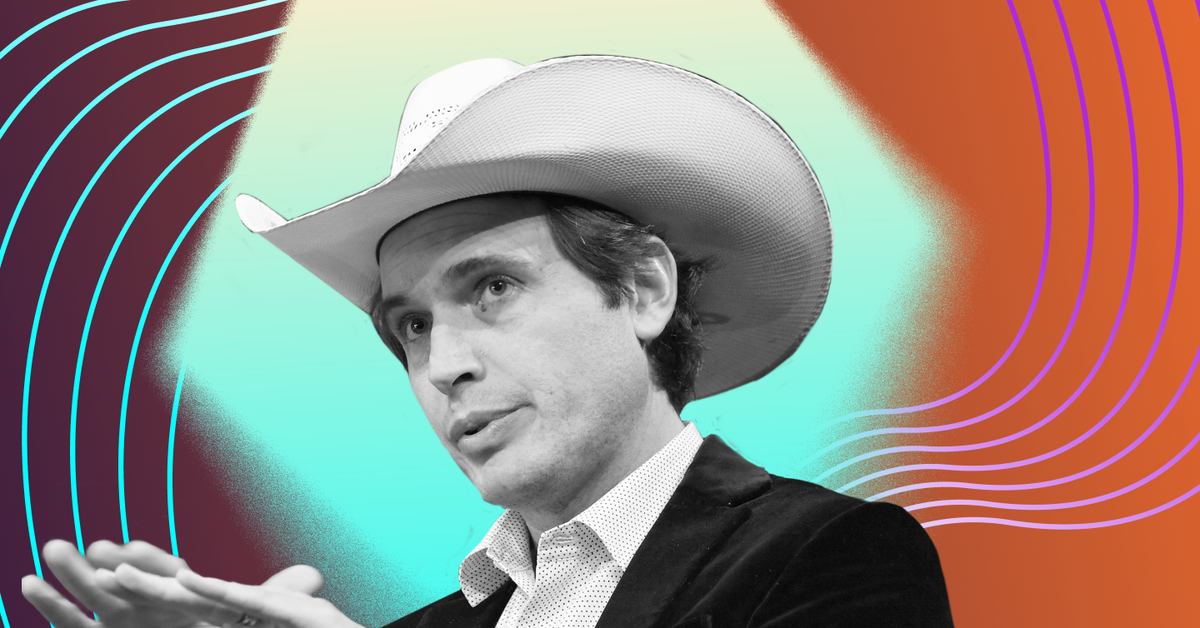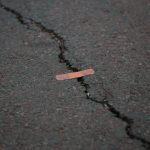In the mid-1990s, when Kimbal Musk was 22 years old, he started working on a new and unproven technology called the “internet.” Along with his brother Elon, he helped create Zip2, a city guide that was one of the first online versions of the Yellow Pages.
This article is part of Road to Consensus, a series highlighting speakers and the big ideas they will discuss at Consensus 2022, CoinDesk’s festival of the year June 9-12 in Austin, Texas. Learn more.
Not everyone got it. A guy who was maybe 50 years old and deeply skeptical picked up a copy of the actual Yellow Pages and threw it at Musk, saying, “Do you think you’ll ever replace this?!”
Musk was dumbfounded. He couldn’t speak; he just had to leave the room. In his mind, he knew the industry of paper directories was already dead. “It was a $10 billion business, and it was just gone,” he says now.
Flash forward 28 years. Now Musk is around the same age as the guy clinging to the paper directory business, and he sees parallels with Web 3. It’s true that “Blockchain is now where the internet was in the early 1990s” and has become an almost embarrassing cliche in the crypto space. But it’s also true that Kimbal Musk is one of the few people with the chops to back the claim. “I get to participate in this revolution as an older person,” says Musk. “And I just want to be a better older person.”
His “better older person” credentials are close to impeccable. He doesn’t speak about this often – almost never publicly – but in 2010, Musk was in a serious tubing accident that almost killed him. He landed on his head going 35 miles per hour. Blood seeped into his spine and left him paralyzed for days. As he told my colleague Christine Lee at ETHDenver, “I’m not a spiritual person, but I did get a message from God.” And the message was highly specific. The voice told him to work with kids and connect them with real food.
Musk listened to that voice.
He launched Big Green, a non-profit that built “Learning Garden” classrooms in 650 schools across the nation, teaching 350,000 kids each day. “I believe that growing food changes lives,” Musk said at ETHDenver. “It improves your nutrition security. It improves your mental health. It gets you out into nature. It opens your eyes to the weather volatility created by climate change.” (Musk’s ties to food run deep — he owns a restaurant group in Colorado, he’s the co-founder of an urban farming group in Brooklyn, N.Y., and he’s a chef. Oh, and in his spare time he sits on the boards of his brother’s Tesla and SpaceX. The Musks are not lazy.)
Read More: Consensus 2022 Visitor Guide: Inside the DAOs
Then came COVID-19. Thanks to safety guidelines, suddenly the Learning Gardens were put on pause. Musk pivoted. He was intrigued by the idea of decentralized autonomous organizations (DAO) and their potential to help nonprofits allocate funds more efficiently and equitably. The idea was simple: Frontline non-profit workers tend to know other frontline non-profit workers. They know the space. Maybe they should be making the decisions.
So, in the fall of 2021, Musk launched Big Green DAO. Here’s how it works: First, he kicked in $1 million of his own money as “skin in the game.” The DAO donors then selected six worthy non-profits, and each of the nonprofits received $50,000. Those six nonprofits then voted on which batch of recipients should receive the next round of funds – and each quarter they dole out more. Rinse and repeat.
The Big Green DAO is up and running; dollars are flowing to those who need it. The DAO has raised a total of $6.5 million. Over 1,700 people have donated. There are now 16 nonprofits – generally with a food justice bent – that, along with the donors, are voting on how to distribute the funds.
The ethos of crypto is “power to the people.” That’s usually just theoretical. Abstract. Here, in this one (big green) corner of the world it’s actually happening. There’s now less overhead. Less red tape. Easier applications. More community building. Most importantly, nonprofits are truly controlling where the money goes, something that, as Musk puts it, has “never, ever, ever, ever, ever, ever, ever been done.”
Interview has been condensed and lightly edited for clarity.
So give us an update! How has the Big Green DAO worked in reality, compared to your expectations?
Kimbal Musk: It’s very different to how we envisioned it. We imagined there would be a small number of big donors and they would vote alongside the nonprofits.
I put in $1 million to kick off the experiment. In the first week we got a few hundred-thousand-dollar donors, and I was thinking, “Okay, this is about right. This is what I expected.”
But then we started getting many smaller donations … There’s no minimum donation to participate. You have to donate a minimum of one ETH to be a voter, but if you donate even 1 cent you can join the Discord. We’re now at over 1,700 donors. And the average donation is $900.
Wow.
It really is extraordinary. We’ve also learned that the nonprofits really, really care about voting, because they get to have power for the first time in their lives. They’re not voting on their own money, by the way. They cannot vote for themselves, they can only vote for others.
Can you explain the mechanics of the DAO a bit? How did this start, exactly?
Yeah. To kick it off, we found six rockstar nonprofits from around the country that we knew already.
What’s an example?
One African American woman in Atlanta, named Wande, fought the city of Atlanta to allow farm stands in South Atlanta. It’s a Black neighborhood. You’re allowed to do it in the white neighborhoods, but you’re not allowed to do it in the Black neighborhoods. It’s really messed up. And she fought for years to win that and she did win.
Read More: Kimbal Musk’s Big Green DAO Is a Big Step for Web 3
We have an African American woman from Minnesota who did garden parties after George Floyd was killed [in Minneapolis], to bring the community together. Or a Native American woman who works with reservations around the country to bring in philanthropy.
Just these beautiful amazing people who really understood – not just the power of having grant-making power – but also the responsibility that’s now on their shoulders to do a good job, because it’s never been done before.
What has never been done before, exactly?
To allow nonprofits to control where the funding goes. It has never, ever, ever, ever, ever, ever, ever been done. And when I say control, they have total control. So, the donors do get a vote but the way it’s working out is really interesting.
We gave six nonprofits the votes. I personally chose not to have a vote because I really wanted it to be run by the nonprofits.
They are required to give a minimum of 20% and a maximum of 30% of the treasury per quarter to other nonprofits. [So with a $1 million treasury, they’d be required to give away $200,000.] And if they don’t like the way the DAO is working, there is no requirement to stay in the DAO. They can leave at any time.
So has any money actually been dispersed?
They gave away $300,000 in Q1 this year and they spread it across 10 amazing nonprofits, and then they grew the DAO to 16 members.
And then they wanted to release some donor funds in this quarter. [The available donations] worked out to be about $2.9 million, which is amazing. So now they have $900,000 [30% of $2.9 million] to give away this quarter, and they have 16 nonprofits that will vote.
Right. The six original non-profits plus the 10 new ones. Can the donors vote, too?
This was something that I didn’t expect. Most of the donors don’t really want to vote. They believe the nonprofits really do know more than them.
What else has played out differently with the DAO than how you expected? Any surprising challenges?
Well, I would say that the onboarding process is much harder than we expected. So, I’m a techie. I thought it was pretty hard for me, but doable. When you’re talking to non-techies, these are people who work in the real world, they build gardens in their communities, they do food justice. They don’t even have a Twitter account. I mean, they live in the real world, and getting them to understand how a wallet works, getting them to understand why you even use this technology is so hard. It’s hard to describe.
What I love about it is that we’re bringing these folks into the Web 3 world to show and give them this amazing power, and they’re appreciative of the power. But the onboarding is just so much harder than it needs to be.
One of the reasons you launched the Big Green DAO is to put grant-making authority in the hands of the front-line food workers, and hopefully that has a bigger impact. Has that happened? What does it look like?
Well, so the brass tacks of grant-making is important to understand. When you’re a nonprofit, 25% of your time, resources,and people goes towards fundraising – 25%. Brutal.
And when you’re a foundation and you’re giving money away, up to 15% of your resources goes towards personnel who will provide the grants.
I can see how that adds up.
Let’s say you’re giving away $100 million. And this is per year. You’re taking $15 million and providing it towards the staff who will figure out who’s going to get the grants, and then there’s the reporting and all that stuff.
Now you have $85 million. And you’re giving it to nonprofits that use 25% of their time towards fundraising. So the actual money that goes towards the work on the ground is 65%, maximum. You’re starting with 65% that goes to the real work.
And how does the DAO compare?
With our DAO, we have a 5% overhead allowance. So you’re starting with 95% of the money versus 65% of the money. Already, out of the gate, you have less headache for the nonprofits. You have no work needed for a foundation, so that’s amazing.
I’m a philanthropist. I have a group of people that help me give money away, and it’s very frustrating that it costs so much money and time to figure out how to give money away. So, you’re already starting with almost 50% more money than you would with traditional grant-making.
What other benefits have you found?
The other thing that’s amazing is that for nonprofits there’s an emotional toll that comes with grant-making. That’s exhausting.
What they really want to do is good work on the ground. And they’re working super hard. And the ones we work with are just so good at what they do, but there’s that emotional drag, “Urgh, I’ve gotta do fundraising still.” It’s really not what they wanna do. But they have to do it.
Right, no one likes asking for money!
And all of a sudden, with the Big Green DAO, here is a place where your grant application is a couple of sentences on Snapshot, and a link to your website or a link to your Instagram. The way you are brought into the DAO is just by knowing another member of the DAO. By the way, you don’t have to know a member of the DAO to put yourself up on Snapshot, you can do that anyway – but [most people] just don’t know about it.
Now you have a situation where you’re able to raise funds, there are no strings attached and nothing is restricted. The better you build a relationship with the DAO, the more likely you’ll get funded [in the future]. But that’s relationship building. That’s fun, especially because you’re working with other nonprofits, right?
It’s a very different psychological relationship to fundraising. It’s joyful and community-oriented, and you’re getting to spend time with other amazing rock stars.
What are the mechanics of the DAO meetings? Is it all over Zoom?
We are not a virtual DAO. Every quarter, we bring the DAO together and they meet in person, and they talk about what they want to do next quarter. This past quarter, we added 10 nonprofits as well as some donors. They all met in Atlanta for two days and they got to know each other in person.
And this quarter they’re going to give funds to, let’s say, maybe 50 nonprofits. They’ll meet sometime in July. So the idea here is real-life community building and getting nonprofits to collaborate with each other, to share what they know. That community building is just magical.
For those out there who might be “DAO-curious,” what are some lessons you’ve learned about how DAOs actually work that you didn’t know before you launched?
That’s a great question. And now that we’re in a bear market with Web 3, some people are saying, “Oh, DAOs are not really about decentralization.” I’m like, “It’s in the name, guys. Come on.” They’re kind of backing off on it, and I think it’s wrong.
I think that the power is in decentralized voting. The power is in enabling the community to vote together. The challenge is that there is an enormous amount of time and effort required for governance, and I put my 10,000 hours into governance.
How so?
We studied the American Constitution, how it was formed. We’re obviously not the same thing, but what was really amazing about the American constitution and the Congress and the Senate, and so forth, is that it’s designed to prevent any one person from accumulating too much power. And that lesson is really important. Many of the DAOs out there are not really DAOs. There’s one person with seven million votes and then 5,000 votes for the rest of the DAO. That’s not really a DAO.
In our case, we are actually true to the spirit of a DAO. And we are not 100% on whether it will work or not – it’s an experiment – but it’s going quite well. It’s an experiment in human nature; most humans are designed to accumulate power. And we can’t really do that in our governance structure.
So for people who are DAO-curious, the most important lesson that I’ve learned is to understand governance.
What’s the most important governance principle in the Big Green DAO? And how do you prevent one big donor from making all the decisions? You’re a generous donor who put in $1 million. Could you just decide to impose your will?
Absolutely a great question. No matter how much you donate, you get one vote. So if you want to support decentralized grant-making and you want to give us a gazillion dollars, you get one vote. You’re with the non-profits on a peer level. [Musk recently tweeted to share the DAO’s newly ratified Constitution.]
It sounds like you’re really encouraged so far by the Big Green DAO. You’re obviously a man with a ton of other interests, from restaurants to large corporations. Where do you see DAOs being a good fit elsewhere in the world?
I really like to think about, very practically, when is decentralized decision-making valuable? And the world we have today is hierarchical. It’s top-down, it’s using capitalism. The other system that has been tried a lot is communism, also basically a top-down system.
Read More: How Crypto Is Changing Philanthropy
But DAO is truly decentralized. It’s really different. So I’ve worked with another group that’s working on a DAO in reducing deforestation around the world. And that works really well for a DAO because you want to decentralize decisions, but you also want to decentralize accountability. You need decentralized accountability as well as decentralized decision-making to be effective.
Why does that matter, exactly?
Because what happens a lot in the world of deforestation – in both profit and nonprofit – is you pay someone not to destroy a piece of the land, and you really have no idea if they’re doing it. So, that’s a good example where a DAO would be very useful.
Where else would a DAO work?
Police reform. Because if you are doing police reform in Atlanta, for example, North Atlanta is very different from South Atlanta. You want to have a different lens for each community. And that’s another group that’s working on a DAO.
One of the examples that people come to me with all the time is climate change. And I kind of struggle with that being a DAO, because it’s really a worldwide problem. How does decentralizing decisions make a difference? And they have their ways of doing it. But I’m much more about the brass tacks of, “Is decentralized decision-making helping or not?” And I think that it’s very much about the problem you’re trying to solve.
You have your tools: There’s capitalism, there’s communism, there’s philanthropy. There’s traditional hierarchical philanthropy, and then there’s the DAOs. DAOs could be for-profit or nonprofit. You should look at all the tools in your belt to see which is the best tool to apply to solve that [problem].
Like, I would never run Tesla as a DAO. That’s just not appropriate because you’re managing a supply chain. You can’t decentralize that. You cannot run that as a DAO.
Have you had any conversations with your brother about it? He’s obviously been very crypto-curious in the past, and he’s clearly an innovative thinker. Have you discussed DAOs with him, and seen any interest at all in his part?
You know, honestly, I haven’t. I’m just very careful to stay out of my brother’s… Because he is such a high-profile guy, I think it’s better for him to figure that out himself. And whenever I cough in that direction, people would take it seriously. So honestly, I really haven’t.
Wise man. And don’t worry, we’re not trying to get you to cough.
Read more about
Save a Seat Now
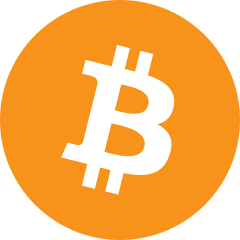 BTC$30,222.70
BTC$30,222.70
0.93%
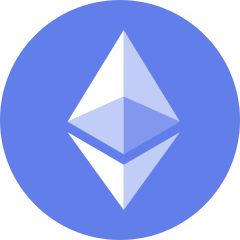 ETH$1,819.52
ETH$1,819.52
0.52%
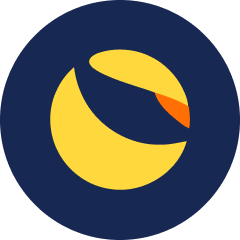 LUNA$0.009930
LUNA$0.009930
67.55%
 BNB$304.31
BNB$304.31
1.29%
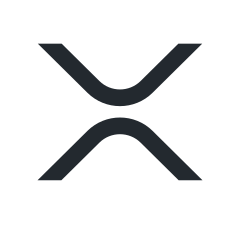 XRP$0.398476
XRP$0.398476
0.47%
View All Prices
Sign up for The Node, our daily newsletter bringing you the biggest crypto news and ideas.

